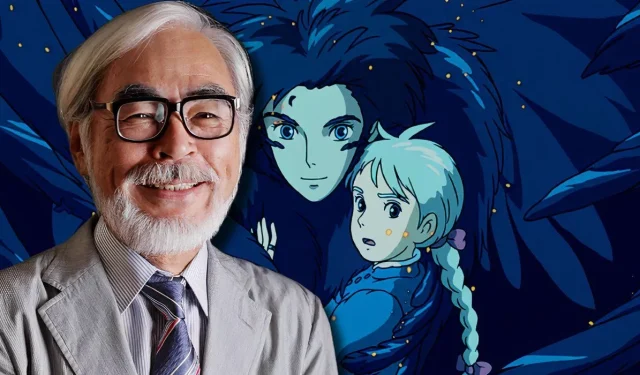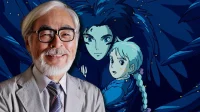As the influence of artificial intelligence continues to grow, traditional hand-drawn animation, especially that of Studio Ghibli, faces unprecedented challenges. Renowned for masterpieces like Spirited Away and My Neighbor Totoro, Studio Ghibli is now at the forefront of a critical discussion surrounding the implications of AI in the anime industry. The rise of AI-generated visuals that closely emulate Ghibli’s distinctive style has fueled debates over copyright issues and raised profound questions regarding the essence of creativity itself.
Goro Miyazaki, who is both the son of the iconic director Hayao Miyazaki and a respected filmmaker, is acutely aware of these evolving dynamics. According to a report by Japan Times, Goro remains open to the possibilities presented by AI yet firmly maintains that technology cannot replace the intricate emotional depth inherent in his father’s works. While he speculates that AI could produce films in the foreseeable future, he questions whether these creations could ever encapsulate the soul of genuine animation.
The Generational Divide in Anime’s Essence
AI Lacks the Understanding of Human Experience and Emotion
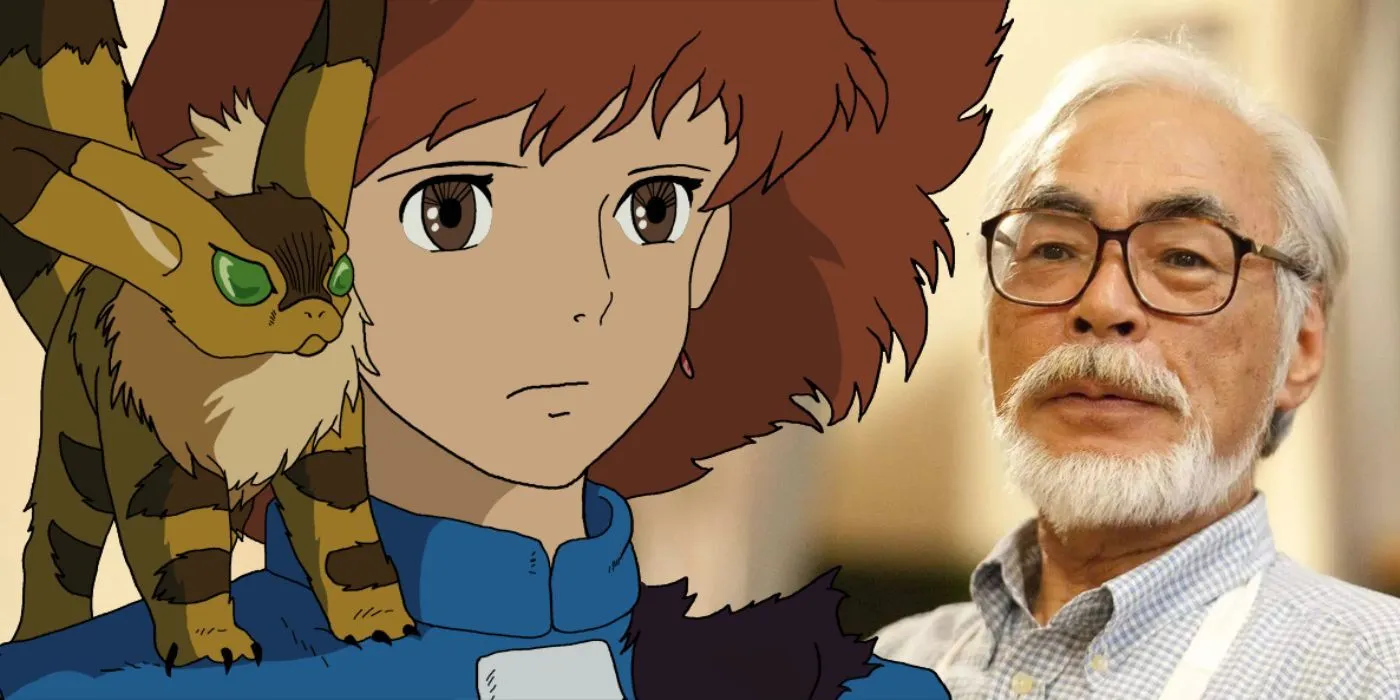
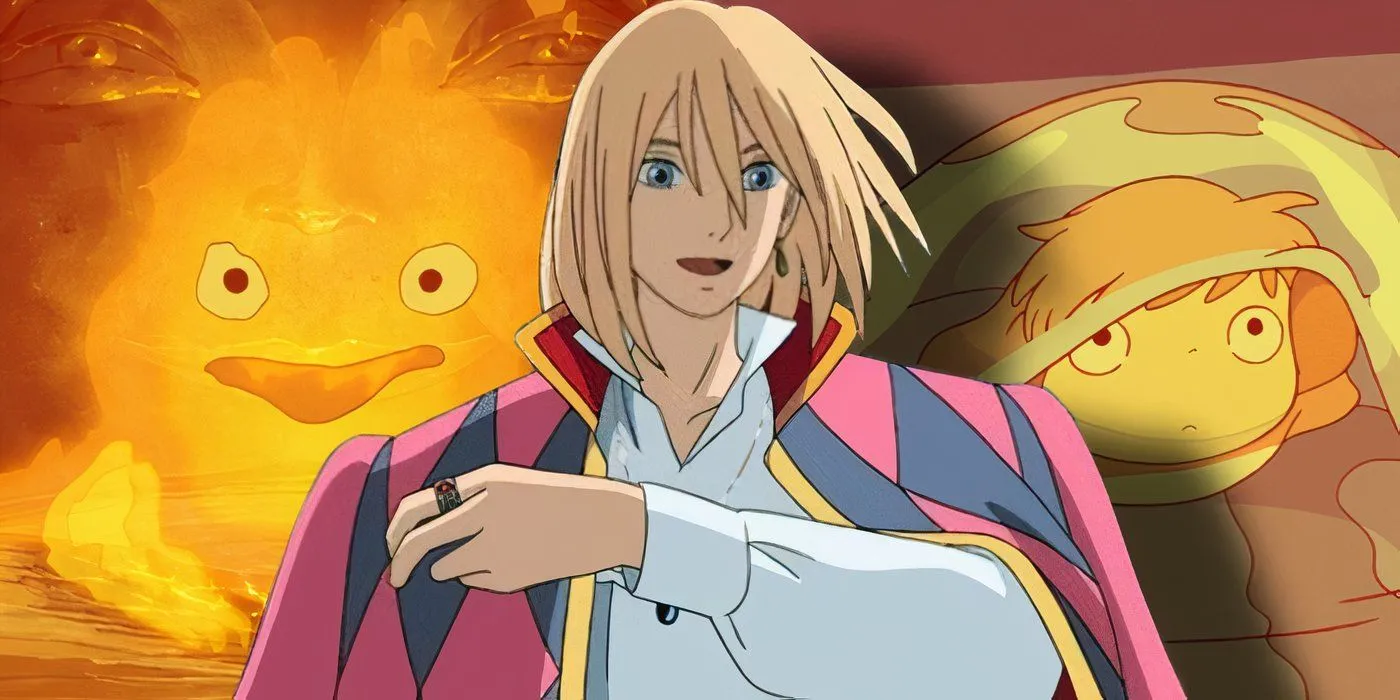
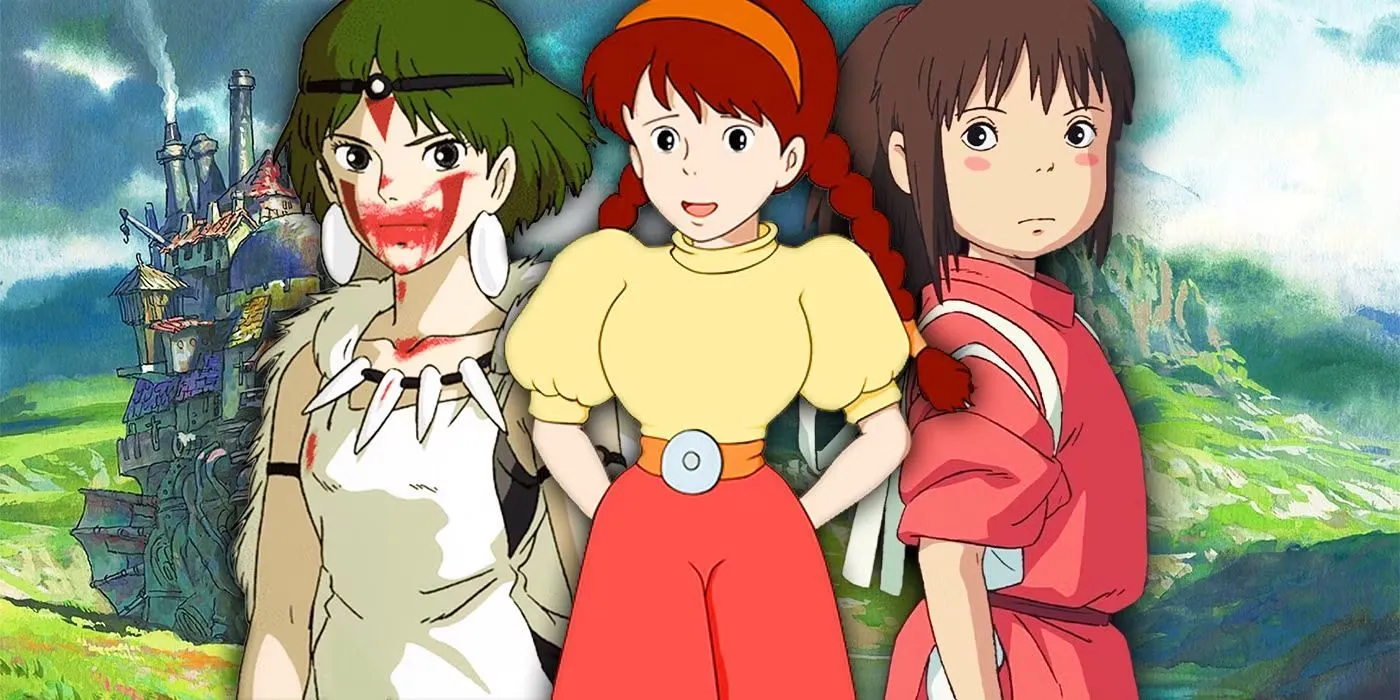
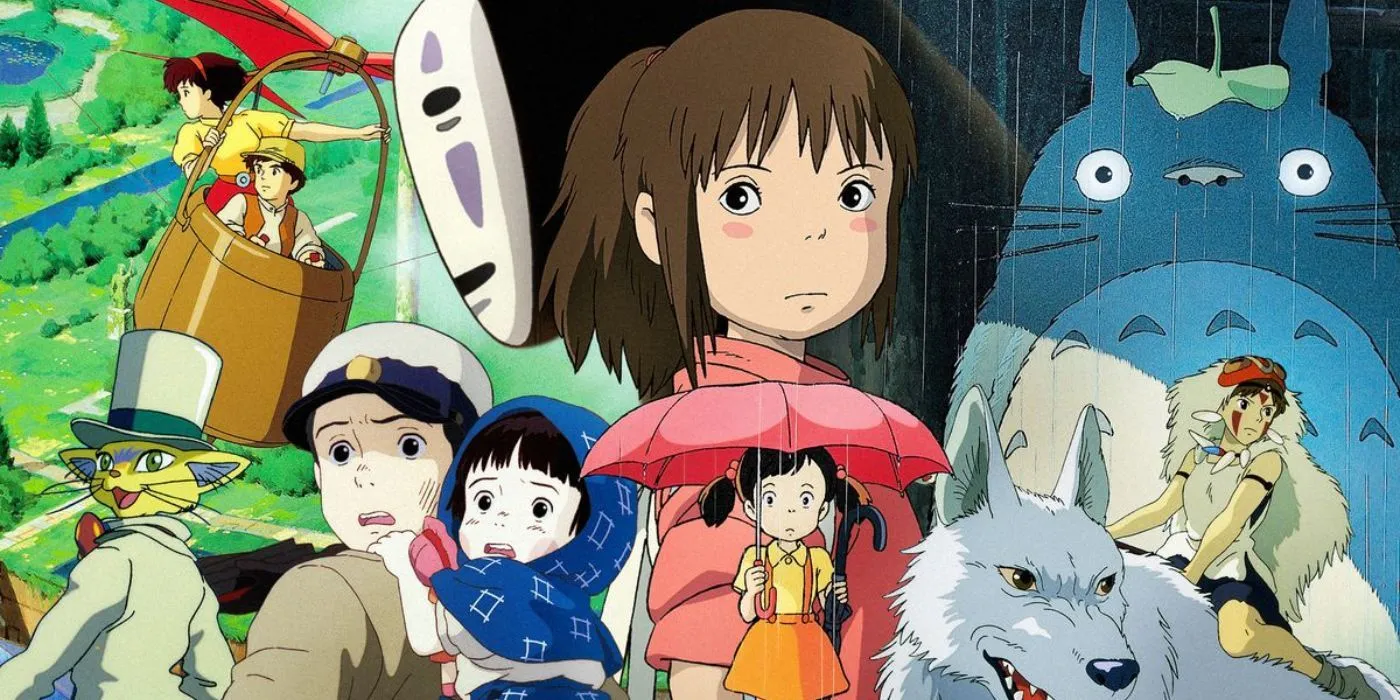
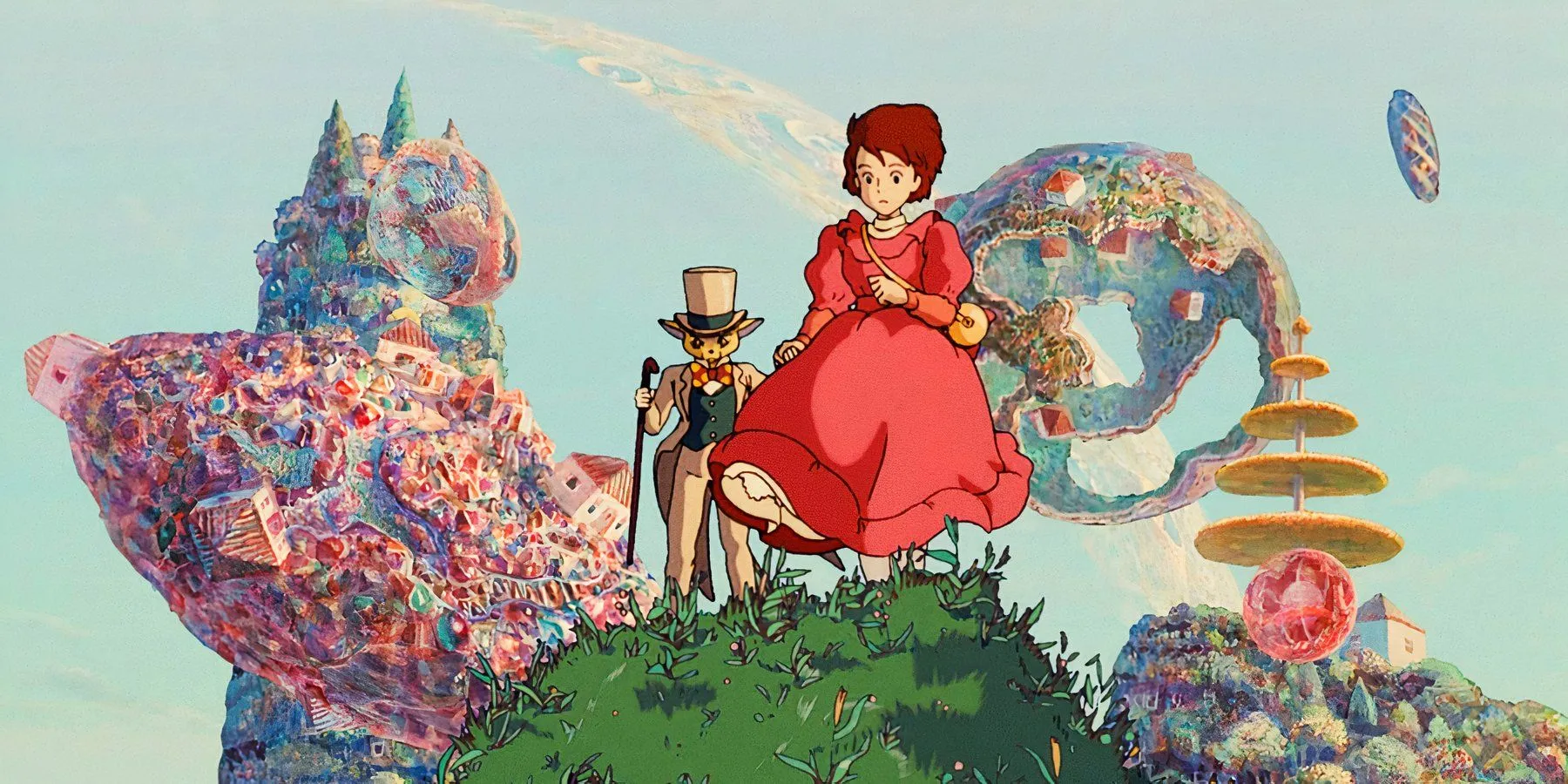
Goro identifies a clear generational divide in storytelling methodologies. He argues that his father’s generation, shaped by profound experiences of war and instability, imbued Ghibli films with a remarkable emotional gravitas. The themes of mortality and the bittersweet nature of life, often obscured by a façade of whimsy, resonate powerfully with audiences of all ages. Goro has remarked, “Even Totoro can be intimidating,” indicative of the underlying fears of childhood, particularly the anxiety of losing a parent.
In contrast, younger creators, nurtured in a relatively peaceful digital landscape, may find it challenging to replicate this multilayered emotionality. Goro views this gap not as a flaw but as a natural progression. Nonetheless, he expresses skepticism regarding AI’s capacity to convey the emotional nuances that define the works of his father and Isao Takahata, emphasizing that the concern transcends mere stylistic differences; it fundamentally revolves around the absence of genuine soul within the creation.
Is AI a Threat or a Source of Creative Inspiration?
Goro Miyazaki Considers AI’s Dual Potential in Anime
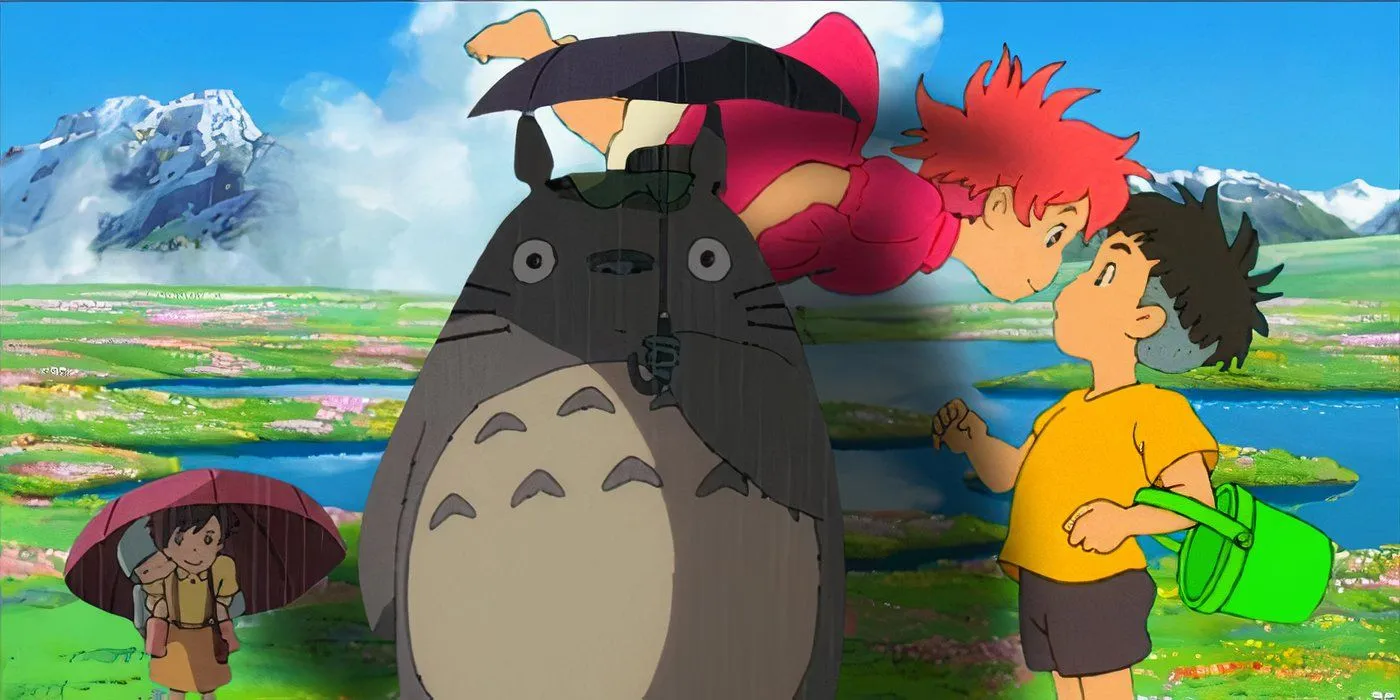
While Goro Miyazaki expresses caution regarding the potential threats AI poses to traditional animation jobs, he also acknowledges its creative advantages. With Japan currently facing a scarcity of skilled animators and a younger workforce that often prefers less labor-intensive methods, AI could democratize the anime production landscape. Technologies such as image generators might empower aspiring artists to create engaging content without extensive formal training, facilitating the emergence of unique voices.
However, Goro emphasizes that AI should complement, rather than replace, human creativity. He fears that if AI-generated content becomes predominant, the intrinsic value of hand-drawn animation may erode. Viewers might eventually lose interest in art devoid of personal connection and emotional depth. As discussions surrounding copyright and the future of anime unfold, Goro envisions a future where animated works remain guided by profound human emotion, rather than solely driven by the pursuit of efficiency. At Studio Ghibli, the concern is not merely about a loss of stylistic integrity but about the potential erosion of the very spirit that defines their storytelling.
Source: Japan Times
